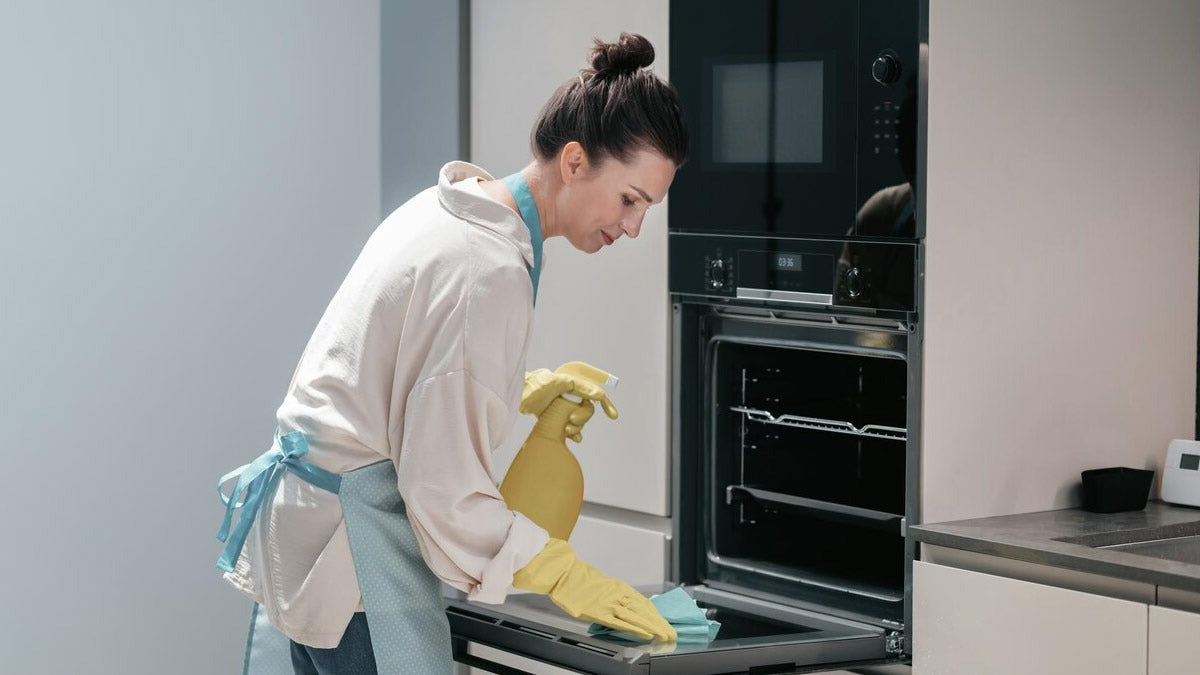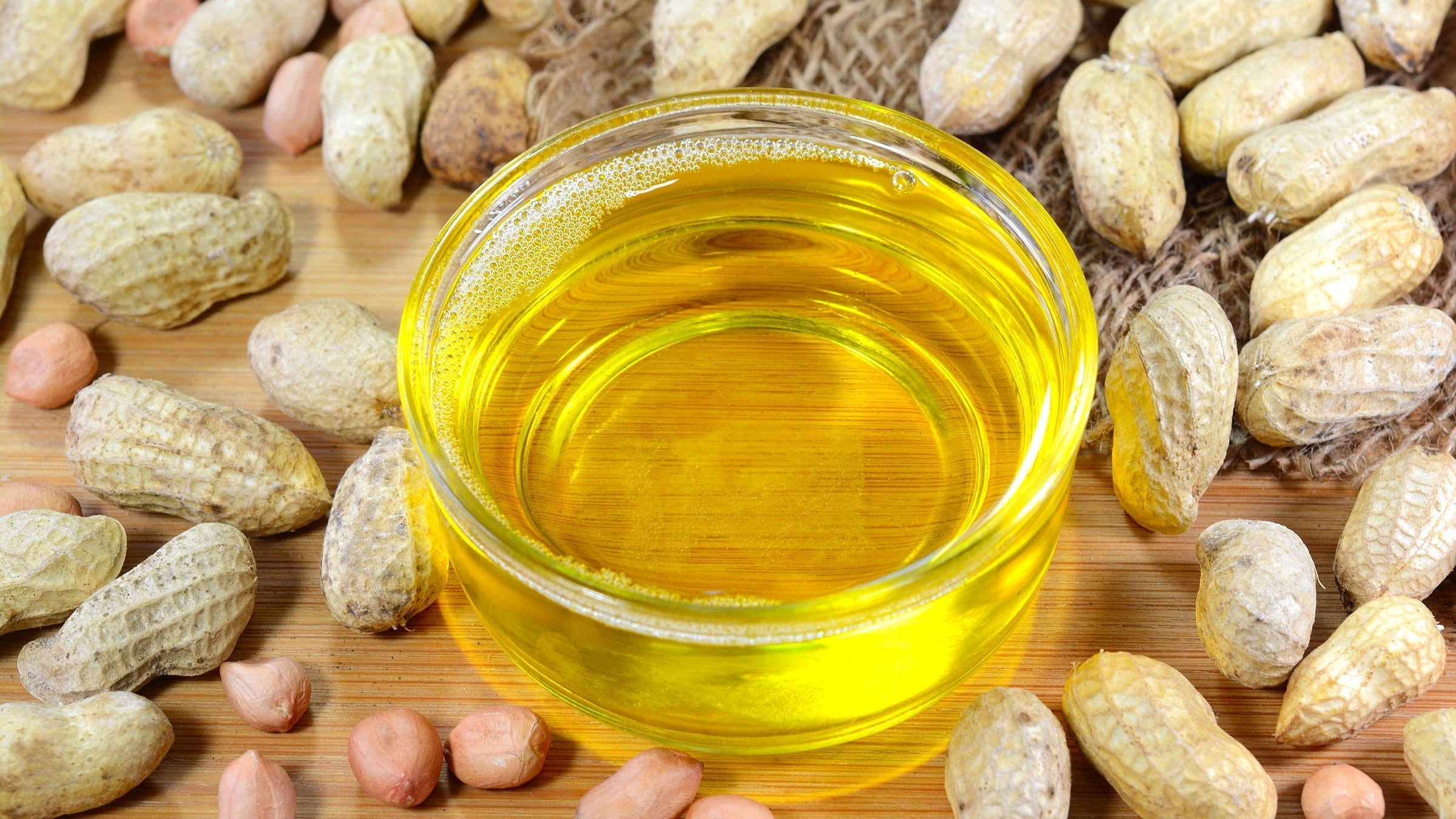If you've been putting off cleaning your kitchen sink grate because you think it's a daunting task, you're not alone. The kitchen sink is one of the most used areas in the household and, as such, requires a regular and meticulous cleaning routine. In this article, we'll show you how to clean your kitchen sink grate effectively to keep it sparkling clean, germ-free, and long-lasting.

Understanding the Importance of a Clean Kitchen Sink Grate
Before diving into the cleaning process, it's essential to understand why keeping your kitchen sink grate clean matters. A buildup of grime, food particles, and mineral deposits can lead to unpleasant odors and even harmful bacterial growth. Frequent and proper cleaning of your grate ensures a hygienic environment and aids in maintaining the longevity of your kitchen sink's performance.

What You Will Need
Gathering all the necessary tools and materials beforehand will streamline your cleaning process. Here's a concise list of essentials you'll need:
- Dish soap
- Baking soda
- Vinegar
- An old toothbrush
- Non-abrasive scrubbing pad
- Paper towels or a clean cloth
- Gloves

Step-by-Step Guide on How to Clean Your Kitchen Sink Grate
Follow these steps to clean your kitchen sink grate efficiently:
Step 1: Remove the Grate from the Sink
Detach the grate carefully from the sink. Most grates are easily removable, but some may require a screwdriver. Ensure you're wearing gloves to avoid contact with the grime and cleaning chemicals.
Step 2: Rinse the Grate
Place the grate under warm running water to remove loose debris. This initial rinse will make the subsequent cleaning steps more effective.
Step 3: Apply Dish Soap and Scrub
Apply a generous amount of dish soap to the damp grate. Use a non-abrasive scrubbing pad to scrub off grime and food particles. The dish soap helps to break down grease, making it easier to clean the grate thoroughly.
Step 4: Use Baking Soda for Stubborn Stains
If your grate has stubborn stains, sprinkle baking soda liberally over the affected areas. Baking soda's mild abrasiveness helps lift stains without scratching the surface of the grate. Leave it for a few minutes before scrubbing with the toothbrush, focusing on the crevices.
Step 5: The Vinegar Magic
Pour vinegar over the baking soda-covered grate. The chemical reaction between vinegar and baking soda helps to dissolve tough stains and disinfect the surface. Allow this to sit for at least 10 minutes.
Step 6: Final Rinse and Dry
Rinse the grate thoroughly under warm water, ensuring all soap and cleaning agents are washed off. Use paper towels or a clean cloth to dry the grate. Drying is crucial to prevent water spots and rust.

Extra Tips for Maintaining a Clean Kitchen Sink Grate
Cleaning your kitchen sink grate regularly can prevent excessive buildup and simplify your cleaning routine. Here are some extra tips to keep your grate in top shape:
- Rinse the grate after every use to prevent food particles from sticking.
- Deep clean the grate weekly to maintain hygiene.
- Use a protective grate to avoid scratches on the sink's surface.
- Avoid using harsh chemicals which might corrode the grate material.
FAQs
How often should I clean my kitchen sink grate?
It's best to rinse and clean the grate after every use to prevent food buildup. A deep clean every week or bi-weekly will ensure it stays spotless and germ-free.
Can I use bleach to clean my kitchen sink grate?
While bleach is a powerful cleaner, it's very abrasive and can damage some materials. It's safer to use baking soda and vinegar which are effective and less harsh.
What should I do if my sink grate is rusty?
If your grate is rusty, consider using a specific rust remover or replace it if the damage is extensive. Regular cleaning and drying can prevent rust from forming.
For more in-depth cleaning tips, check out this comprehensive guide on commercial kitchen cleaning.
As an Amazon Associate, I earn from qualifying purchases.






Leave a comment
This site is protected by hCaptcha and the hCaptcha Privacy Policy and Terms of Service apply.